Check Out These 10 Cool Cars Made By Non-Car Companies
INTRIGUING CARS – Check out these ten (10) fascinating cars made by companies outside the automotive industry.
Since the inception of the automobile, numerous manufacturers worldwide have endeavored to produce cars that would find success, yielding mixed outcomes. On occasion, companies primarily involved in other industries have also ventured into the automobile market, achieving varying levels of triumph and leaving behind a collection of intriguing concepts and production vehicles. In a previous article, we featured cars that are named after animals.
The motivations behind a company’s decision to venture into car manufacturing, despite a lack of expertise in the field, span a wide spectrum. Some contemporary technology firms operate within domains that share common technologies with electric vehicles, while earlier-era manufacturers crafted mechanical components akin to those used in automobiles. Others possess extensive research and development divisions that generate innovative ideas aimed at creating superior automobiles.

Many of the prominent brands we recognize today didn’t commence their journeys in the automotive realm, such as Studebaker and Mazda. Entering the car business often presented a lucrative opportunity to capitalize on shifting market trends.
Irrespective of the rationale, numerous companies have dabbled in car manufacturing. The majority of them did not sustain their efforts, leaving us with tales of captivating ideas that remained unrealized. Therefore, we present here ten fascinating cars made by non-car companies.
Briggs & Stratton Hybrid
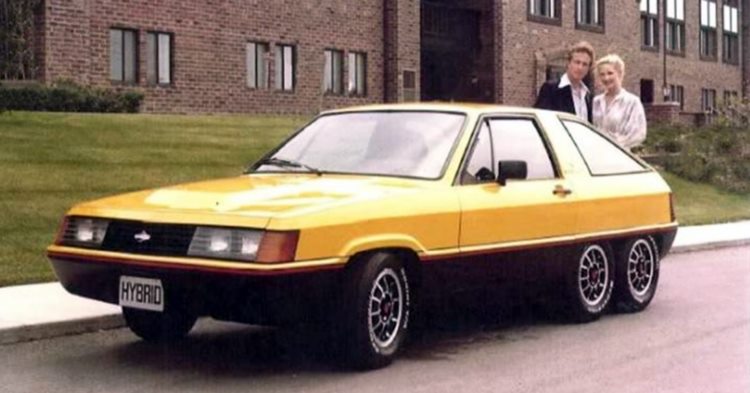
Briggs & Stratton, renowned for crafting lawnmower engines, was established in 1908 to supply gasoline engines for agriculture and military use. While they once created the early go-kart-like Flyer and a 1980 prototype car, the latter stands out. This prototype, the Briggs & Stratton Hybrid, marries electric and internal combustion power uniquely. Resembling contemporary Japanese imports, it houses a gas engine in the front and twelve lead-acid batteries in the rear. Notably, its distinct feature is the six-wheel configuration, necessitated by battery weight. The rear tires connect to a battery-supporting axle, alleviating strain on the suspension. The car’s 2-cylinder engine generates 18 horsepower, running in tandem with the electric motor for gas, electric, or combined power. Despite its novelty, this prototype remained an engineering endeavor, retained by the company as a promotional testament to Briggs & Stratton’s innovation.
Sony Vision-S
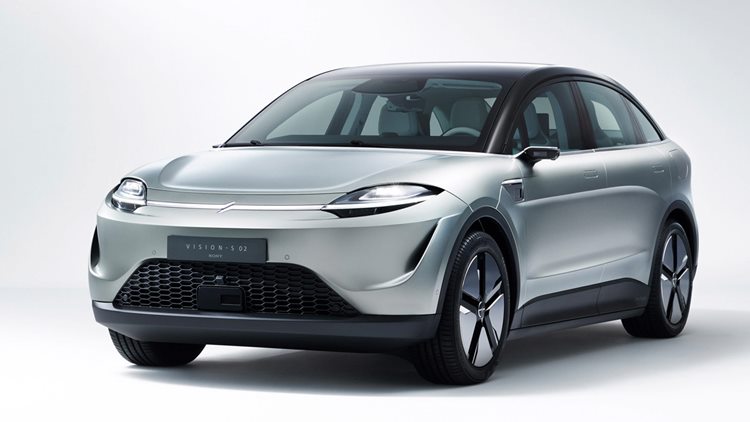
As electric cars surge in popularity, more companies are entering the automotive market. The EPA’s exemption from testing and certification reduces development costs. Tech-oriented companies are well-suited to venture into car production; Sony exemplifies this trend, testing an EV for potential mass production.
The Sony Vision-S, potentially a Tesla Model Y rival, boasts impressive specs: dual motors producing 536 horsepower for all-wheel drive. Its prototype features a series of screens across the dashboard, complemented by rear-passenger screens on headrests. Sony’s design approach leans conservative, aligning with its history of creating dependable, minimalist products.
Vespa 400
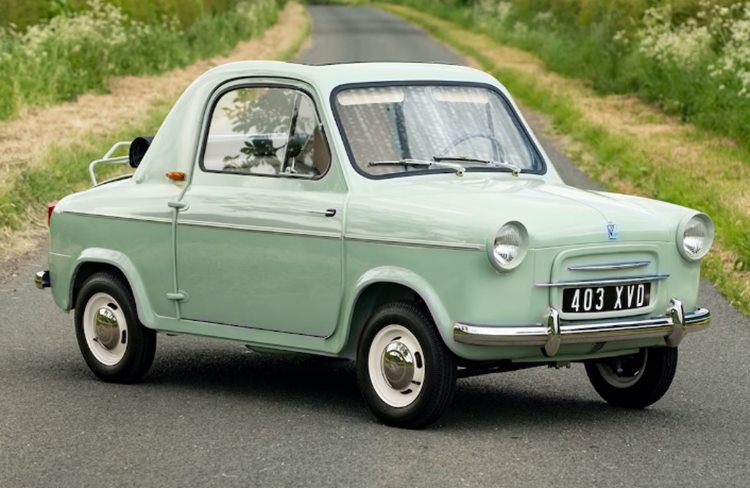
After WWII, post-war Europe sought affordable transportation, yet its depleted industry hindered progress. Repurposing surplus aircraft parts, a company crafted economical scooters, known as Vespas due to their buzzing sound. Drawing inspiration from wartime paratrooper scooters infused with Italian flair, they zoomed through Italy’s streets.
In the late ’50s, Vespa expanded to microcars, launching the Vespa 400. Its rear-mounted 400cc air-cooled engine delivered 14 horsepower, showcasing style over speed. With just a speedometer as the sole gauge, the Vespa 400’s simplicity stood out. Despite practicality, competition from the Austin Mini and VW Beetle hindered its success. Merely produced between 1958-1961, peak production hit 28,000 units, with a mere 1,700 reaching the States.
Grumman LLV

Before merging with Northrop, Grumman Corporation produced formidable aircraft for the U.S. military, including the Navy F-14 Tomcat, Gulfstream II business jet, and Apollo Lunar Module. They also secured a contract to create a replacement for the U.S. Post Office Jeep. The current postal vehicle, the Long Life Vehicle (LLV), has exceeded its intended 20-year lifespan by a decade. Despite its age, Grumman’s LLV design won the contract due to its durability, meeting rigorous standards such as navigating a gravel road with potholes and closed-loop highway driving. The LLV order, valued over a billion dollars, priced each vehicle at $11,651. Impressively, the tens of thousands of LLVs still in operation were all built before 1994, and actively used six to seven days a week, year-round.
Yamaha OX99-11
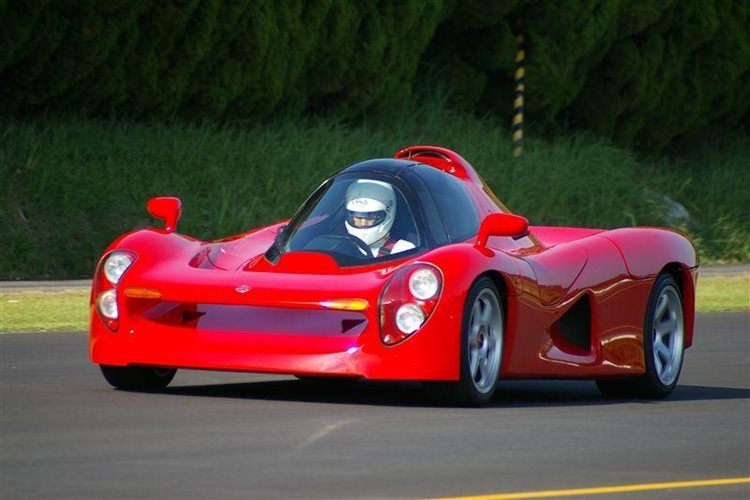
For decades, Yamaha has excelled in crafting musical instruments and motorcycles. Leveraging its engineering prowess, it contributed to unique car projects like the Toyota 2000GT and Ford Taurus SHO. In the ’90s, Yamaha introduced its own car model, the OX99-11, a striking F1-inspired vehicle. Powered by a 10,000 RPM-capable V12 engine derived from F1 technology, the car boasts a low, track-ready profile with a single center-seated occupant. Though designed for the road, it embodies track-like aesthetics. Yamaha produced three concept cars with up to 400 horsepower on a carbon fiber chassis, presenting a stunning appearance. Regrettably, budget constraints led to the program’s cancellation six months after completion. Yet, Yamaha wisely maintains and regularly tests these remarkable cars on tracks, showcasing them instead of relegating them to storage.
KTM X-Bow

Austria’s KTM is renowned for robust motorcycles, especially off-road models. It ventured into road bikes in the ’90s, steadily broadening its lineup. A recent road venture is the X-Bow, shifting from two wheels to four with bucket seats for passengers.
Debuting in 2011, the X-Bow is a mid-engine, open-top track car road-legal in select regions. Though set to sell in the U.S. in 2017, lacking ABS and airbags limited its legal status. Powered by a 2.0-liter Audi turbocharged 4-cylinder engine with 296 horsepower, it excels with a strong power-to-weight ratio, weighing 1,741 pounds. Minimalistic, it offers an unfiltered connection to the road.
Samsung SM3 Z.E

Understanding Samsung’s extensive reach in Korea might be challenging for Americans and Europeans, given its diverse product range and financial ventures. Recognizable for phones, electronics, and appliances globally, Samsung’s influence extends to automobiles in some markets.
Samsung’s car journey started with Renault in the ’90s, yielding rebadged Renault models and co-developed cars like the QM6 for global export. In spring 2022, Samsung introduced the affordable SM3 Z.E electric car at around $29,100, but its availability won’t extend to the U.S. (per SlashGear).
While the X-Bow shines on tracks, “Top Gear” revealed its impracticality elsewhere. KTM plans an upcoming roofed, more powerful version for road use.
Waymo Firefly
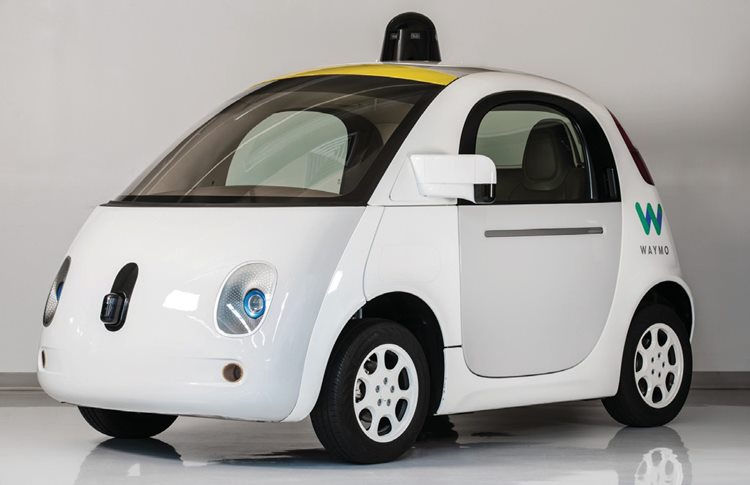
Waymo, a Google subsidiary, is committed to advancing fully autonomous driving. Initially retrofitting existing cars, the Firefly is Waymo’s new design, potentially the inaugural autonomous vehicle.
Originating as a Google project led by a Street View inventor, Waymo progressed by retrofitting Toyota Prius and Chrysler Pacifica models, gradually introducing fully autonomous vehicles in Phoenix’s test program, with plans to expand.
In 2015, Waymo innovated further with the Firefly, an Austin-tested ground-up creation. While autonomous pilots often have human monitors, Waymo’s latest self-driving taxi, as per SlashGear, lacks a steering wheel. Passengers access the taxi via an app, each having an interactive screen. The Firefly pioneers a driverless future, even though mainstream adoption might take time.
Electric Viktoria by Siemens
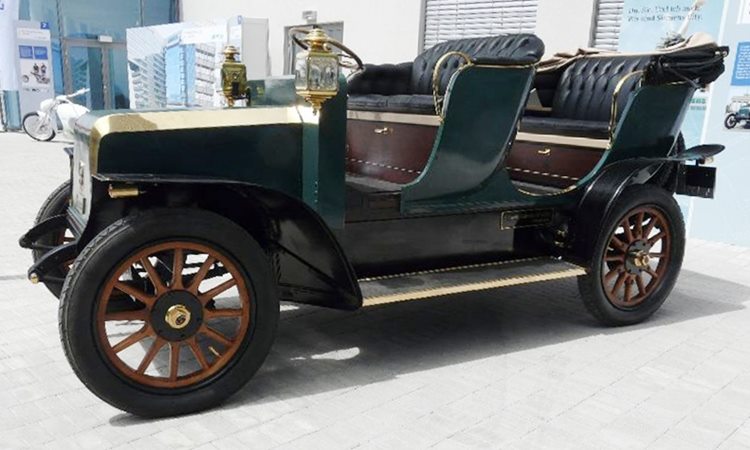
Siemens, a prominent German conglomerate, is deeply involved in electronics and communications, with origins tracing to 1847 when Werner Siemens pioneered telegraphs and electricity-related devices, establishing a major presence in Germany. The company diversified into various sectors, including transportation such as high-speed trains.
A constant innovator, Siemens contributed pioneering concepts in communication, mobility, and electricity. In 1905, it introduced the Electric Viktoria, an early battery-powered car, noted for being one of the first to traverse Berlin solely on battery power. Operating as a hotel taxi, it reached a top speed of 19 mph, covering around 50 miles per charge. The 1,000-pound battery, exchangeable via pulley or rechargeable, hinted at the era’s likely extended charging times.
NASA Lunar Roving Vehicle
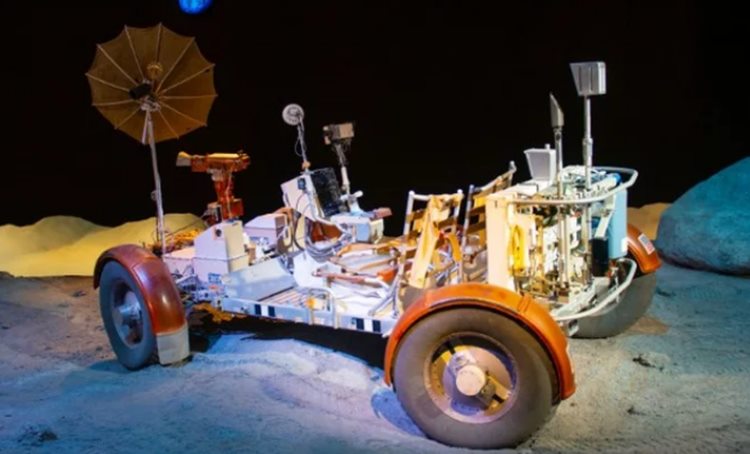
A specialized vehicle designed for moon travel, the Lunar Roving Vehicle, is essentially a car tailored for lunar conditions. Built with a motor and four wheels by NASA and Boeing, it lacks certain standard car features like turn signals and horns. This battery-powered, open-air car is constructed from lightweight aluminum and fiberglass, featuring airless mesh tires designed for lunar terrain. Weighing only 537 pounds, it was used in three Apollo missions to traverse up to 12.5 kilometers on the moon’s surface. The ingenious design includes a foldable chassis, independent wheel motors, and a non-rechargeable battery. The success of the Apollo missions underscored the vehicle’s importance in data collection, showcasing NASA’s innovative prowess. The vehicle’s steel-woven tires, adorned with titanium chevrons for traction, remain a significant part of space exploration’s heritage. As we venture further into space, the Lunar Roving Vehicle’s legacy continues to influence future missions, a testament to the enduring contributions of past explorers.
Please like and follow/subscribe:
Philnews YouTube Channel
Philnews.ph FB Page
Viral Facts
